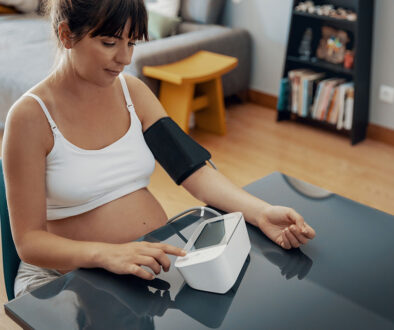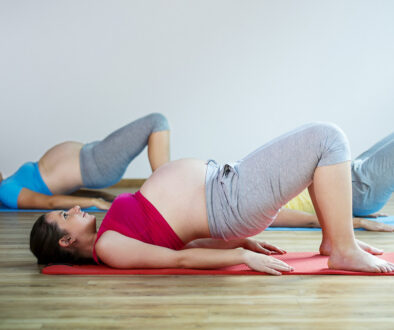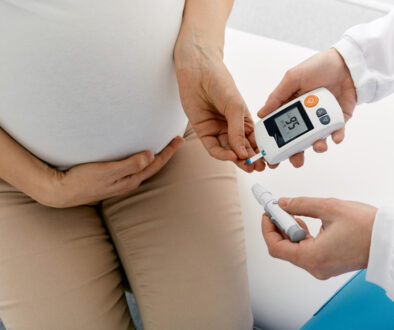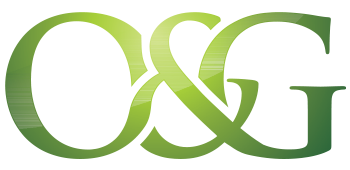Muscular and Skeletal Complaints in Pregnancy
The majority of pregnant women will experience some form of musculoskeletal discomfort during their pregnancy. The numerous changes that occur during pregnancy, both physical and physiological, are the causes of musculoskeletal discomfort.
The goal of my blog is to give our patients a succinct description of the etiology of the discomfort as well as ways to combat the discomfort. In order to better understand the etiologies the patient must keep in mind that weight gain, fluid retention, muscle stretching, and relaxation of joints due to hormonal changes in pregnancy are all contributing factors and will commonly resolve once the pregnancy is over.
The following are some of the typical changes and concerns that patients will encounter:
- Lower Abdominal Pain, especially just above the groin area on either side
This is particularly common and concerning to patients and often starts very early in pregnancy. It is usually associated with brisk movements (getting up quickly from bed or a chair) or exertion of the abdominal muscles (with lifting, sneezing, coughing, twisting movements, etc). The discomfort is due to both the stretching and swelling that occurs early on in the round ligament which is attached to both the uterus and fascial sheath of the abdominal muscles. This stretching can cause intermittent abdominal spasms at the site of their insertion in the lower abdomen. As long as there is no bleeding this has no impact on the health of the pregnancy. This may be helped by an abdominal support for pregnancy. (see below) - Leg Cramps
These are probably caused by a combination of lactic acid build up, swelling from fluid retention, and chemical changes in pregnancy. A combination of regular walking, good hydration, and often a combination of Magnesium and Calcium (500 mg each, twice /day) can be of help. - Knee Pain
This is caused by a combination of increased laxity (relaxation of the joint from hormonal changes), water retention, swelling, and increased weight bearing. Less weight gain and knee braces can certainly help. - Hip Pain
is typically due to the same mechanisms as knee pain and tends to be more prominent as pregnancy advances into the second trimester. Hip adduction and abduction exercises can help stabilize and strengthen the hips, as well as provide some relief. - Finger and hand cramps
Swelling can also occur in the fascial sheath covering the nerves that innervate the hand. This is referred to as Carpal-Tunnel Syndrome. Immobilizing the wrist with a metal wrist support, available at most drug stores, can definitely help when worn 24/7. - Upper Abdominal and Rib Pain
This kind of pain can occur on either side and more typically occurs later in the pregnancy when the baby is large enough that it causes pressure on the ribs, while at the same time pulling on the abdominal muscles attached to the ribs. This results in both inflammation and spasm of the muscle at its attachment to the rib. Typically the pain can be elicited on examination by pressing on the rib edge and asking the patient to cough. This typically will elicit the same pain and tenderness. Sitting in a more reclined position and using a maternity belt helps relax the muscles and can help in relieving pain. - Back Pain
This is the most common and concerning pain associated with pregnancy, for the patient often is concerned about potential prolonged disc problems long after the pregnancy is over. Although joint laxity, and fluid retention within the lumbar discs are contributing causes, t he major cause for the pain is usually due to exaggerated lordosis (sway back) which results in spasm of the lumbar muscles. Tender and tight muscles around the spinal column can typically be found on examination. The lordosis (sway back) is usually a result of stretched and weakened abdominal muscles due to the growing uterus and fetus, which causes the lumbar muscles to tighten in order to stabilize the pelvis. Supporting the abdominal muscles with pregnancy designed adjustable binders can help stabilize the pelvis and take tension off the lumbar muscles. There are special abdominal exercises that have proven most effective in strengthening the muscles and relieving back pain in the post partum months. (see below) - Symphysis Pubis Pain
can result from both the relaxation of the fibrous tissue connecting the two Rami (the two parts making up the symphysis pubis) and pressure from the growing fetus and uterus. Sometimes the pregnancy band can relieve some of the pressure, but the discomfort may not totally resolve until the pregnancy is over. - Buttocks and Lateral Leg Pain
Although this can be caused by disc swelling and pressure on the sciatic nerve, it can easily be a result of the pelvic shift, and change in the mechanics of walking during pregnancy. Both of these changes can cause a tightening in the IT (Ileal Tibial band) which runs from the hip to knee along the lateral surfaces of the leg resulting in pain in the exact same location as the sciatic nerve. Myofascial release of this tightening by a myofascial specialist as well as specific massage with an IT roll can significantly reduce the pain. (see below)
The musculoskeletal discomforts of pregnancy can be most challenging but armed with knowledge of the etiology and appropriate treatment options our patients can take appropriate measures to help alleviate their discomforts.




